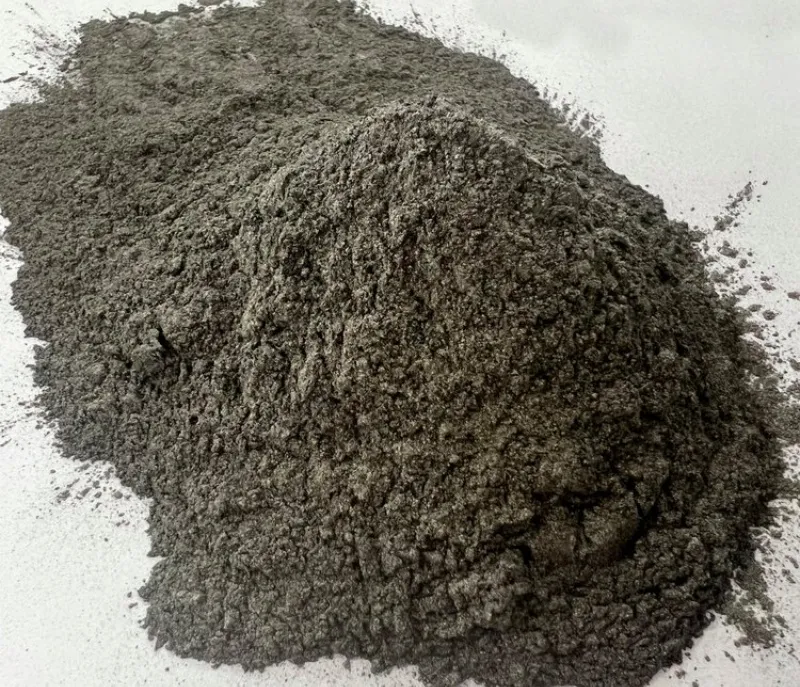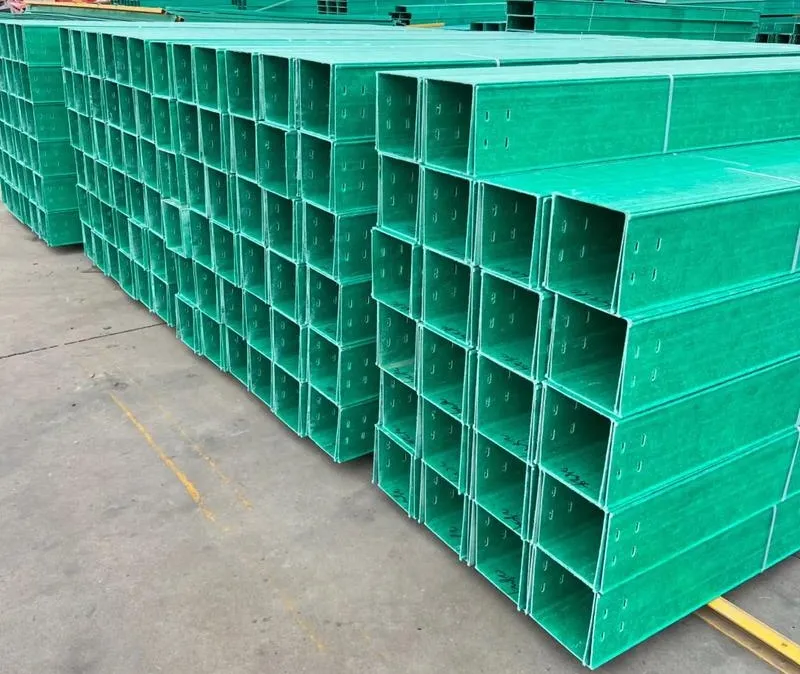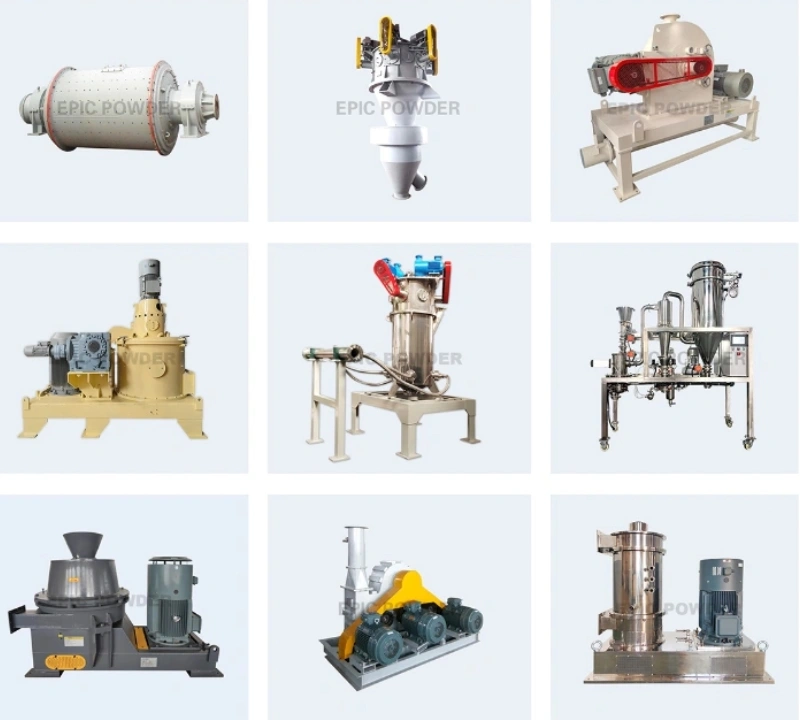As a functional powder material, silicon-aluminum powder is making its mark in various industrial fields due to its unique properties. Made from natural ores, it is produced through high-temperature sintering followed by a special grinding process. The powder primarily consists of alumina (Al₂O₃), silica (SiO₂), along with some calcium sulfate (CaSO₄), magnesium oxide (MgO), and potassium oxide (K₂O). It is quickly becoming a high-quality alternative to many traditional materials.

Unique Properties of Silicon-Aluminum Powder
Silicon-aluminum powder features a mica-like flaky structure, ultrafine particle size, high active components, and a porous structure. It naturally forms an inorganic dispersion and lubrication system. These characteristics provide a range of advantages:
- Physical properties: The powder has a loose appearance, a smooth feel, an alkaline pH, low moisture content, and is cost-effective with excellent value for money.
- Chemical properties: It has excellent compatibility with most polymer materials, enhancing their properties and improving wear resistance.
- Porous structure: Its ability to adsorb odors and heavy metals broadens its application scope.
Advantages of Silicon-Aluminum Powder in Rubber Products
In the rubber industry, silicon-aluminum powder is gradually replacing traditional materials such as talc powder, active calcium carbonate, and light calcium carbonate, showing exceptional performance:
- It improves rubber processing performance. Its excellent dispersibility and compatibility with rubber enhance its flowability and moldability, resulting in efficient production and consistent chemical properties.
- It addresses the issue of mold adhesion during the production of rubber products, improving release properties and increasing production efficiency and product quality.
- It enhances the scratch resistance of rubber products. Due to its fine and uniform particle size, it fills micro-pores and defects in the rubber, improving surface gloss and uniformity, while enhancing the appearance and decorative qualities of rubber products.
Specific Applications of Silicon-Aluminum Powder

Footwear Materials: It can be added in amounts of 10-50%, primarily for black/gray footwear materials. It not only improves the quality of the shoes but also reduces production costs.
Speed Bumps: Silicon-aluminum powder can be added at rates of up to 50%, significantly enhancing the product’s durability and compression resistance.
Fiberglass Products: The powder plays a vital role in improving the overall performance of fiberglass materials.
Pipe Products: In applications like double-arm corrugated pipes, silicon-aluminum powder enhances the structural strength and durability of the product.
Broad Prospects for Silicon-Aluminum Powder
Beyond the rubber industry, silicon-aluminum powder is also showing its value in multiple fields:
- Construction Materials: It enhances the effectiveness of the material.
- High-Temperature Industries: It provides protection against heat.
- Chemicals: Used as a catalyst.
- Food Industry: Acts as an anti-caking agent.
- Coatings: Improves hardness, weather resistance, and corrosion resistance of coatings.
- Ceramics: Provides silicon and aluminum components, reducing sintering temperatures.
Conclusion

As the performance requirements of materials continue to rise across industries, silicon-aluminum powder, with its unique physical and chemical properties and cost-effectiveness, is becoming an ideal choice in many fields. Whether it’s improving rubber product performance, enhancing construction materials, or optimizing ceramic processes, silicon-aluminum powder is demonstrating vast potential for diverse applications.
